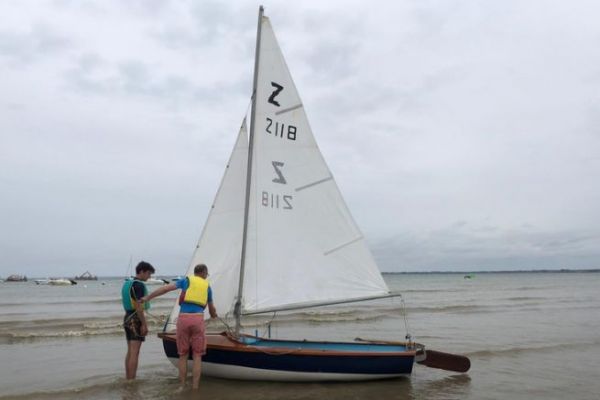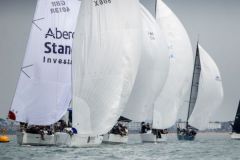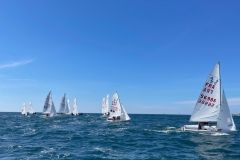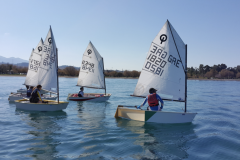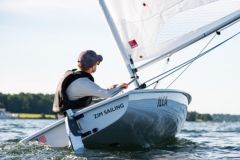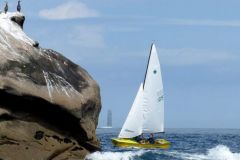The Zef is an emblematic dinghy in French leisure sailing. Aimed at both novice sailors and yachtsmen looking for a simple, seaworthy craft, it enjoyed widespread popularity in the 60s and 70s, and today benefits from an active community of users. Here's a look back at the characteristics, history and uses of this popular sailboat.
A dinghy for learning and cruising
The Zef was designed by naval architect Michel Nivelt. Designed for inland waters, rivers and sheltered bays, the Zef was conceived as an all-purpose boat. With its compact dimensions (3.67 m), shallow draft and easy access to the water (weight 90 kg), it remains a relevant choice for young sailors, families or river boating enthusiasts. The Zef can be used for both sailing and rowing, and can even be fitted with an outboard motor for fishing.
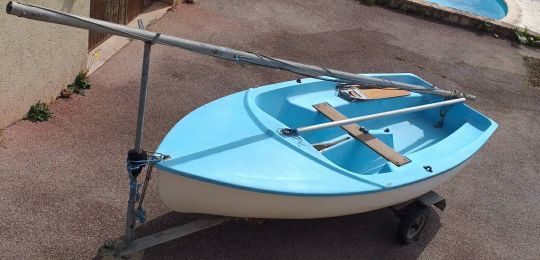
Large-scale production and several variants
With over 18,000 units produced, the Zef is one of the most popular dinghies in France. It has existed in several versions, from the basic model to the Zef Junior, and has given rise to variants such as the Apache. This large-scale production explains the availability of parts, the knowledge shared between owners and the wealth of online resources for restoring it.
The La‚eurosĮPrairie shipyard launched Zef production around 1962. La Prairie was wound up in 1975, and after that date, production was taken over by ‚euros, or at least the name ‚euros, by the Piel / Sidep group.
There are three main phases (versions 1, 2 and 3) based on serial numbers and technical evolutions:
‚eurosĮ‚eurosĮ ‚eurosĘ Version 1 : numbers up to approx. 6‚eurosĮ000 ‚euros plywood front axle, saber drift, pronounced wooden parts.
‚eurosĮ‚eurosĮ ‚eurosĘ Version 2 : numbers between ‚eurosĮ6‚eurosĮ000 and 12‚eurosĮ000 ‚euros appearance of the pivoting daggerboard, polyester front deck with wooden elements.
‚eurosĮ‚eurosĮ ‚eurosĘ Version 3 numbers from 12‚eurosĮ000 to 18‚eurosĮ000 ‚euros Full polyester hull (with only a few wooden elements remaining); modernized finishes.
In summary, the main Zef production wave can be situated between 1962 and 1975‚euros1980 with intermediate versions being deployed during this period.
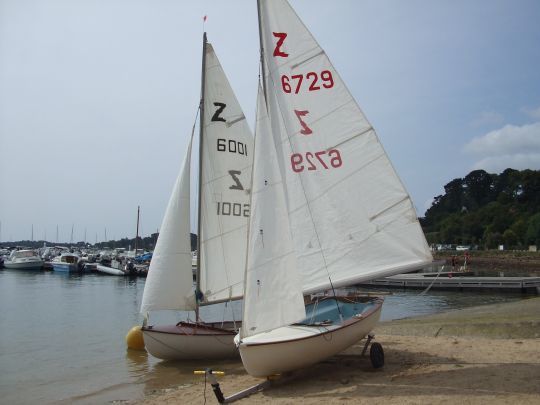
Simple but effective technical features
The Zef is a sloop with mainsail (6.78 m2) and jib (2.55 m2). Its hull is made of laminated polyester, with occasional wood finishes on older series. It has a lifting daggerboard (originally saber, then pivoting), enabling it to dock easily and sail in shallow waters. The mainsail battens, made of wood on many units, can be replaced by homemade models in planed pine, for example.
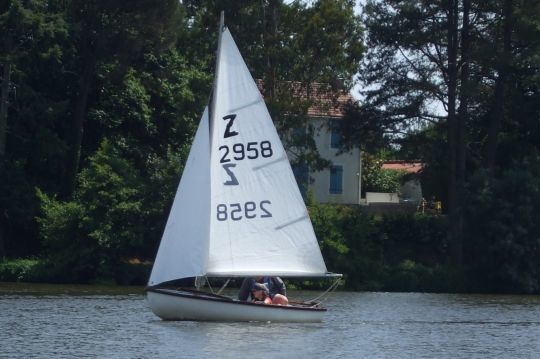
Modest but reassuring seaworthiness
This small sailboat is not designed for rough seas, but remains reliable in calm to moderate conditions. Its behavior remains sound if the centering of the masses is well thought out and the sails well adjusted. On the other hand, you need to keep an eye on the heel and react quickly to reefs to avoid losing the sails.
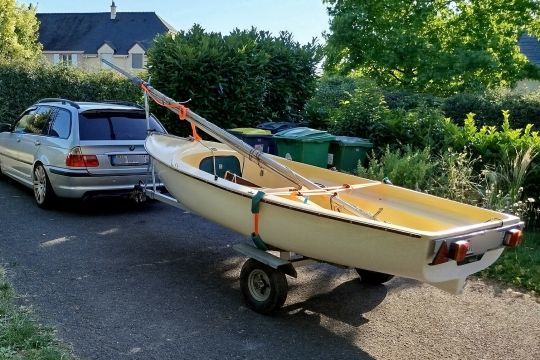
Accessible maintenance and restoration
One of Zef's strengths is its ease of maintenance. Routine work often involves battens, cleats, painting or replacing the gooseneck. Fittings are standard, sails are adaptable, and plans for certain equipment circulate freely. Enthusiasts don't hesitate to modernize their Zef with home-made tricks, as long as they don't distort the spirit of the boat.
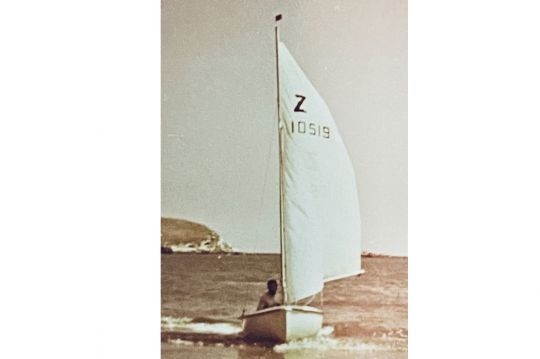
An ideal boat for simple projects and pleasure sailing
The Zef doesn't claim to be fast for racing, nor is it cut out for cruising. But it is perfectly suited to coastal sailing, solo or duo outings, or family apprenticeships. Easily transportable and launched in a matter of minutes, the Zef remains today's gateway to the world of sailing.
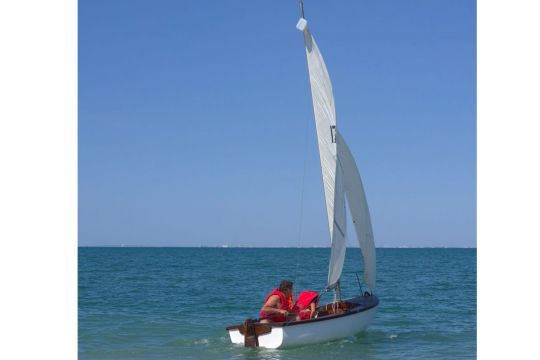
Accessible in price
In 2025, for a Zef in need of restoration or major work, you'll find units at around 100 to 300‚eurosĮ‚¨. But for a Zef in fair condition, ready to sail without major investment, prices are likely to be between 500 and 1‚eurosĮ200‚osĮ‚¨. Finally, a well-equipped and maintained Zef, with trailer and accessories, can fetch well over 1‚eurosĮ500‚eurosĮ‚¨, and even up to 2‚eurosĮ000‚eurosĮ‚¨ in rare cases.
Factors influencing price include general condition (hull, laminate integrity, wood wear, presence of osmosis, previous repairs...). Equipment also plays a role (sails, trailer and its condition, benches, deck fittings, etc.). Finally, the model and its version may have heritage appeal.

 /
/ 